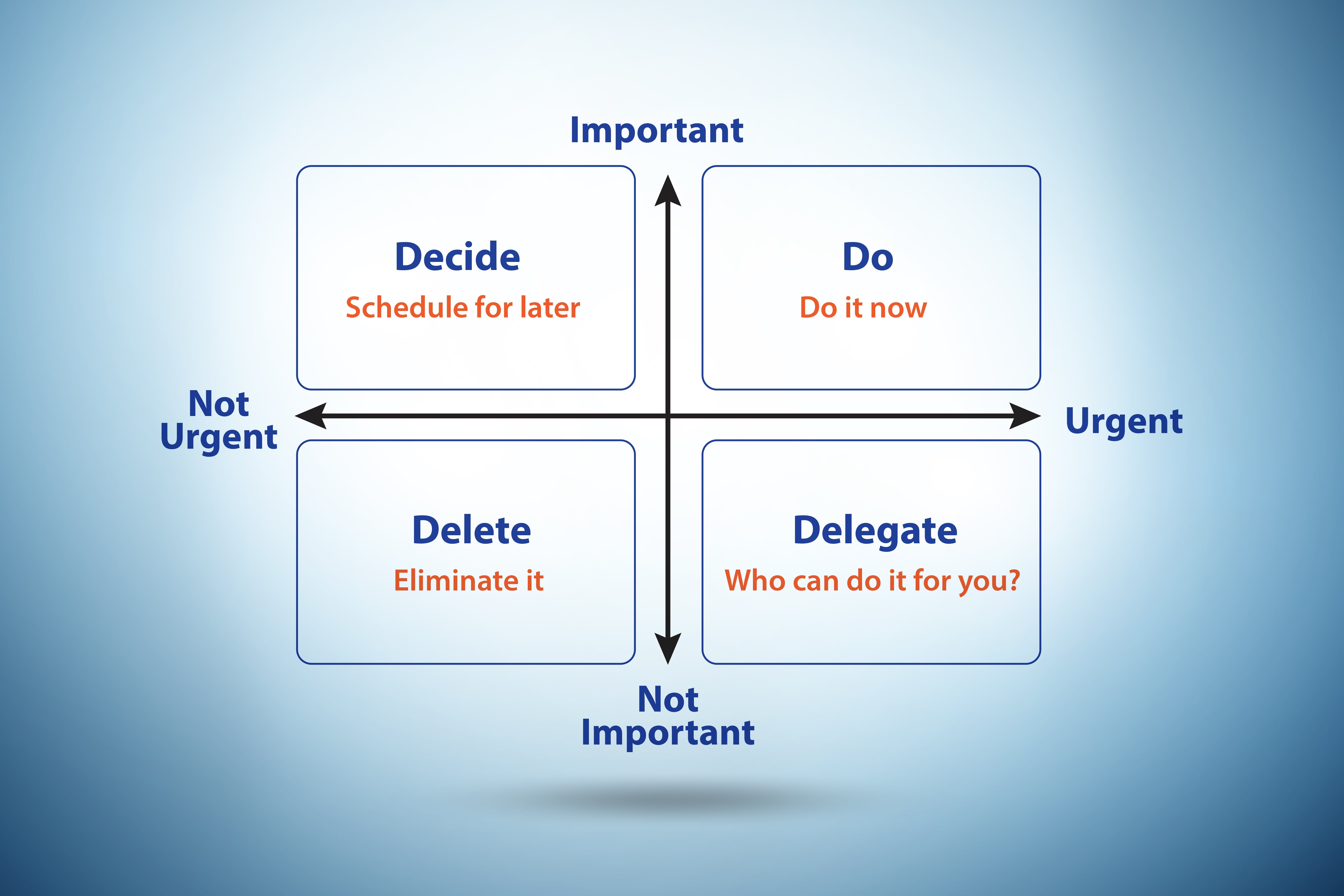ACC survey research shows large organizations similar to Royal London send a median of 55 percent of legal work to external legal service providers.
Why? How are those decisions made? Is that the best allocation of legal resources?
Previously, like many in-house legal departments, Royal London would undertake certain activities in-house and send other matters to external legal service providers. These decisions were largely unstructured, based on precedent, and difficult to justify.
Earning lawyer engagement
To address this challenge, GC Fergus Speight empowered Royal London’s legal team to design and deliver a new operating model in 2018. A key objective was to provide the right solution, in the right way, and at the right time. This led to the initiation of the “Data Led Legal Service Remit” to determine how each individual legal service would be handled by the company.
The Royal London in-house team is 26 staffers, including 17 lawyers. We needed a better understanding of the work being undertaken in-house to analyze that against the activities being undertaken by external legal service providers.
The operating model sought to focus the in-house team on activities that were core to Royal London’s business and strategy. This would enable them to contribute where it really mattered, improving engagement and development within the legal team.
We were no longer asking what the team could stop; instead, we were asking, What are your pain points?”
Initially, the legal team was reluctant to introduce an additional administrative task in recording their activities. Similarly, they were unable to identify any tasks that could be discontinued. So, we changed the approach, we asked the team to capture activity information for a short period of time.
We also explained that the data would allow us to analyze and identify high-volume vs. low-value repeatable work that could be packaged up into a managed outsource arrangement, enabling them to focus on higher-value strategic work. We were no longer asking what the team could stop; instead, we were asking, “What are your pain points?”
That small shift in language caused the floodgates to open. The legal operations team was inundated with a list of issues that could be quickly translated into process optimizations, technology opportunities, and general improvements.
Reducing low-value work
One of the first issues tackled was non-disclosure agreements (NDAs). The team identified that the volume and repeatable nature of NDAs was impacting capacity, and that improving this would benefit everyone — increasing buy-in for future initiatives.
The data included:
- How long the average NDA took to complete;
- How many in-house “billable” hours were spent on NDAs; and
- The number of NDAs completed over a given period.
This information was presented to the in-house lawyers, alongside deeper analysis with recommendations to reduce the amount of time spent on these, and in some cases remove the need for the in-house team to produce NDAs at all.
The lawyers could see that capturing and analyzing data was useful and could lead to reduction of low-value work, improving their day-to-day jobs.
That’s when the project really began to hit its stride. The lawyers could see that capturing and analyzing data was useful and could lead to reduction of low-value work, improving their day-to-day jobs. The lawyers soon started asking our team to perform similar reviews for each of their areas of expertise.
Advent of a decision matrix
Over several months, with Gökhan Koçak, Royal London risk and operations executive, audits were completed on every aspect of the legal department’s work, from “quick query advice right up to strategic projects with large legal transaction elements.” Each legal service was rated using a matrix developed by Kocak, linked to the overall company’s risk management framework and overlaid with a legal complexity rating.
This exercise resulted in each legal service being categorized into three segments:
- High. Work is core to the strategy or success of the business, or otherwise high in value, risk, or legal complexity. This work was often one-off in nature. It would be resourced by a mix of the in-house team and external legal service providers.
- Medium. Work is core to the strategy or success of the business, but moderate in value, risk, or legal complexity. This work was generally high-volume and repeatable. It would be resourced by a mix of the in-house team and managed outsource arrangements where relevant.
- Low. Work is low in value, risk, and legal complexity, or not requiring a legal professional to undertake it. This work would be discontinued where possible through either providing the business with self-service tools and training, or upskilling the paralegal and legal administration team to undertake the work.
The result of this effort was a decision matrix for determining what work would be retained in-house and what would be sent to external law firms.

The “legal service remit” freed up our lawyers’ time to focus on higher-value, strategic work which has developed our in-house capabilities and improved engagement through the opportunity to undertake challenging work. Consequently, Royal London could keep its more important work in-house which also contributed to substantial savings in external legal spend.
Evolving from a spreadsheet
The remit was embedded in every aspect of the legal department. As such, it grew beyond the faculties of a spreadsheet, and Hacker’s team continued to transform the legal team digitally through a number of other initiatives under the umbrella of a “Digital Strategy Roadmap.” Today, the legal team operates within a fully-fledged ecosystem comprised of the following technologies:
- A legal front door portal, matter and document management software, which includes time-recording, triage and work allocation functionality developed by Repstor (since acquired by Intapp).
- Legal spend management software provided by Apperio.
- Contract management and signing software, implemented in collaboration with colleagues in procurement and finance provided by GEP (their SMART product) and DocuSign.
Royal London now has real-time information on matters, key contracts and spending. This includes conventional metrics such as work-in-progress and unbilled accruals, as well as emerging measures for well-being and diversity; both for the in-house team and external legal service providers.
The work undertaken to date has accelerated the legal operations team’s ability to create detailed forward-looking plans.
The work undertaken to date has accelerated the legal operations team’s ability to create detailed forward-looking plans. For example, Royal London is evaluating an integration project that will allow comparing internally and externally resourced matters, from a matter and spend perspective more easily.
Continuous improvement
These initiatives have enabled Royal London to use data to drive improved and proactive decision-making. It has led to the legal operations team facilitating material cost savings, with a proportion re-invested in further legal technology.
The ethos of the Royal London team is to continuously improve and evolve. Business priorities can change frequently — which means the legal operations team needs to frequently reassess processes, systems, and ways of working. Royal London regularly challenges the status quo and remains open to new ideas. The goal is to make sure the legal department is continuously aligned with business strategy, operating optimally, and adding value.
ACC Benchmarking
Review the 2021 executive summary on the ACC Benchmarking Reports page, reach out to ACC Research to learn more about options available and pricing of a custom benchmarking report, or request a complimentary benchmarking consultation exclusively for ACC members.





